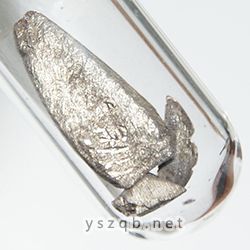
130Eu, 131Eu, 132Eu, 133Eu, 134Eu, 135Eu, 136Eu, 137Eu, 138Eu, 139Eu, 140Eu, 141Eu, 142Eu, 143Eu, 144Eu, 145Eu, 146Eu, 147Eu, 148Eu, 149Eu, 150Eu, 152Eu, 154Eu, 155Eu, 156Eu, 157Eu, 158Eu, 159Eu, 160Eu, 161Eu, 162Eu, 163Eu, 164Eu, 165Eu, 166Eu, 167Eu